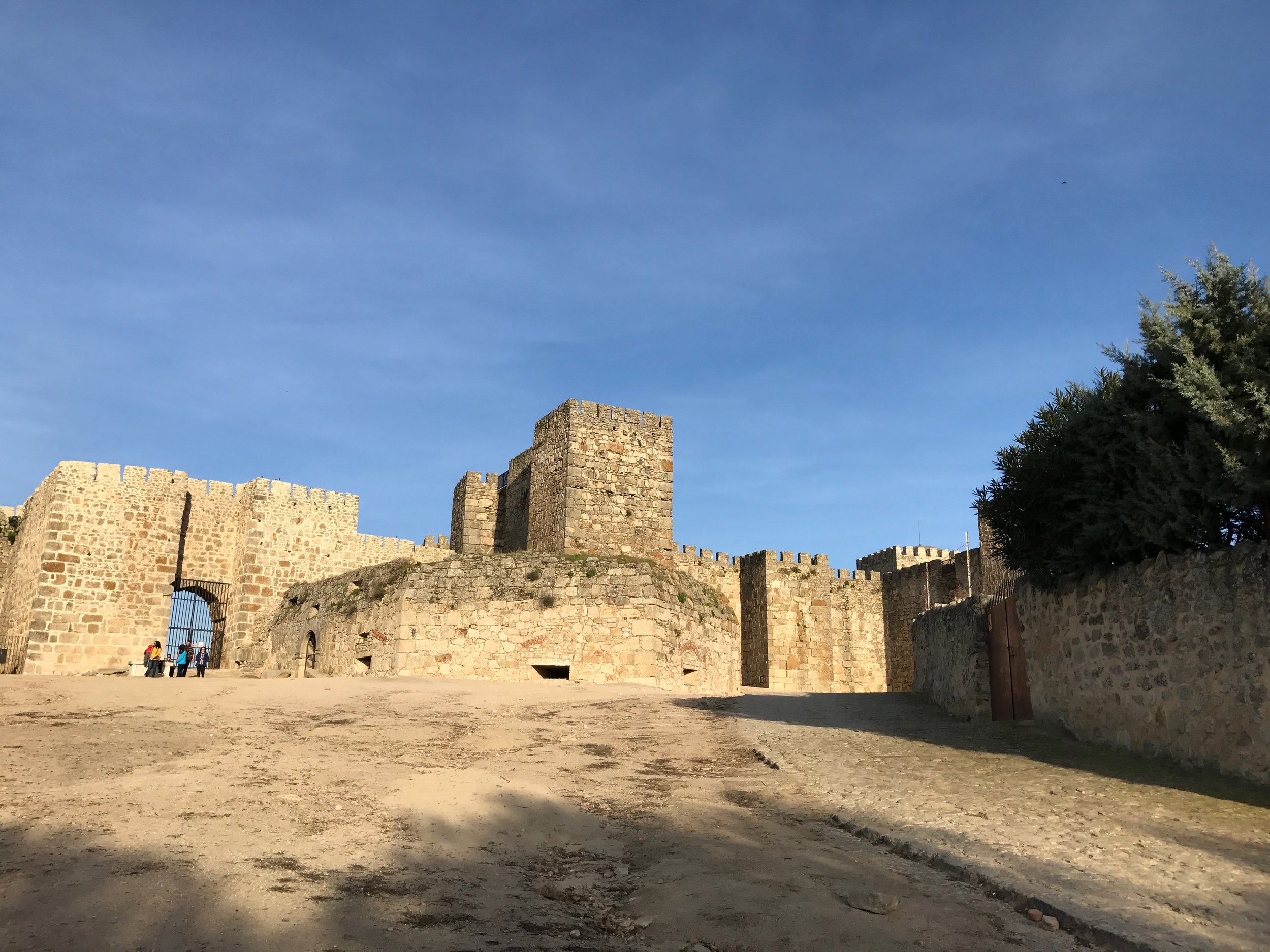When I was birding in Extremadura this winter I was informed of some filming locations for Game of Thrones season 7. I avoided mentioning any of these because I didn't want to get into spoiler territory. I'm generally ambivalent about spoilers for things, but I have friends who take it very seriously. I'm a big fan of Game of Thrones, the audiobooks got me through many a mile while driving to bird survey locations. When I got home I did some googling to figure out what locale in the show I was birding in.
Early reports online were showing the characters Jaime Lannister and Bronn of the Blackwater wandering around as well as Lannister banners. The speculation was that the castle was going to be Casterly Rock.
However, this is what Casterly Rock looked like in the show:
Casterly Rock in the season 7 tv show. Keep in mind that the books said it was more like this.
That is not Trujillo Castle. The odd thing is that a lot of sites are still saying that it was used for Casterly Rock but the architecture of the two castes is very different. After a very particular episode I thought maybe Trujillo Castle was used for Highgarden exterior shots but no, that was Castillo de Almodovar in Spain's Cordoba province. It wasn't until the final episode when I figured it out:
There we go, Bronn and Jaime hanging out on Trujillo Castle.
Trujillo Castle was used as King's Landing...cool! I was going to talk to Holbrook Travel about some birding tours in the next year or two. I'm kind of tempted to do a series of Birding in Ice and Fire trips: go birding at Game of Thrones filming locations. Anyone who misidentifies a bird will be told they know nothing.
Anyhoo, the birding in Trujillo was fun. Here are some highlights:
It looks like a European starling but it has now spots. That makes it a spotless starling.
House sparrow nesting inside a stork nest.
View from Trujillo Castle.















































